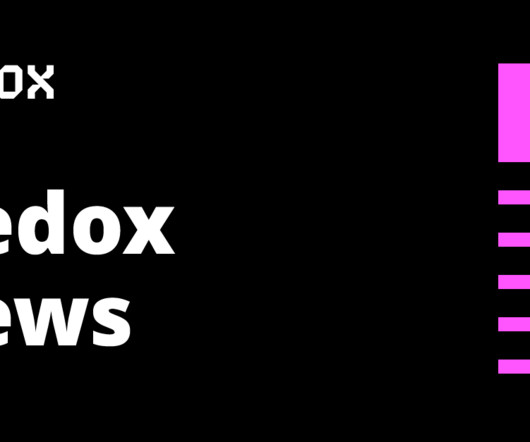I Helped Accelerate FHIR, It’s Time to Scale
Healthcare IT Today
MAY 28, 2024
The following is a guest article by Shannon West, Chief Product Officer at Datavant Since the dawn of electronic medical records, American healthcare delivery systems have traced a winding path toward the dream of seamless and timely health data interoperability. Rate limiting is not inherent to the FHIR standards.












Let's personalize your content